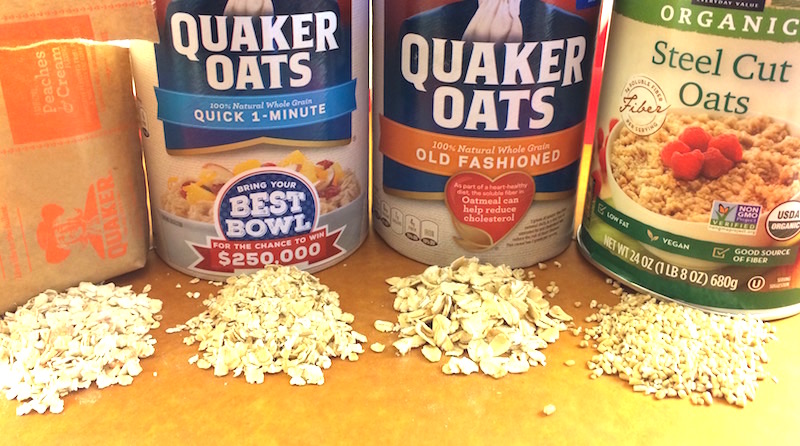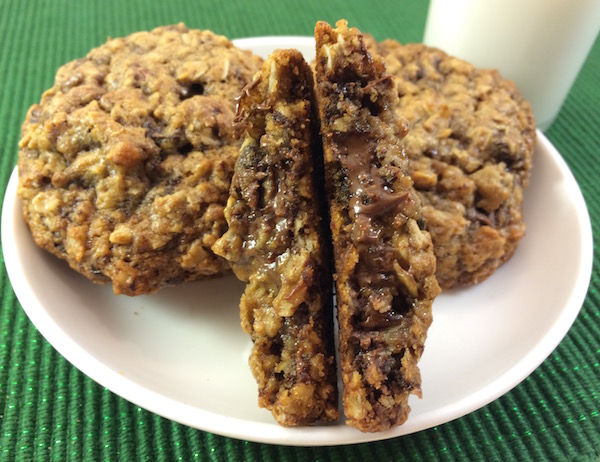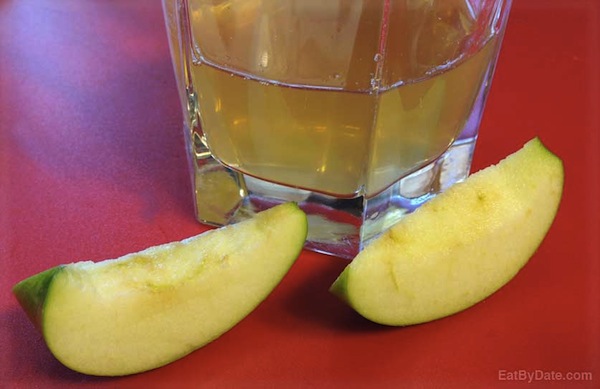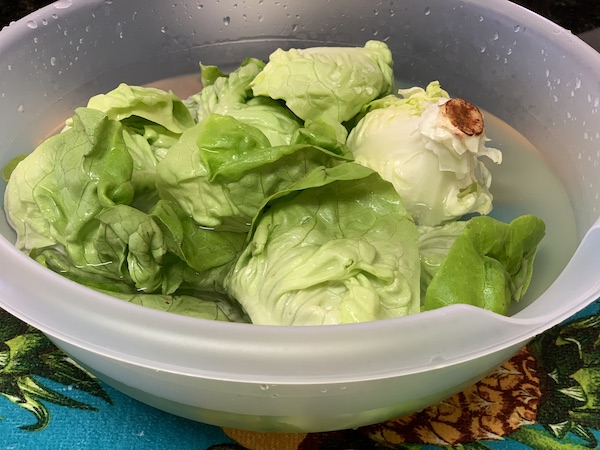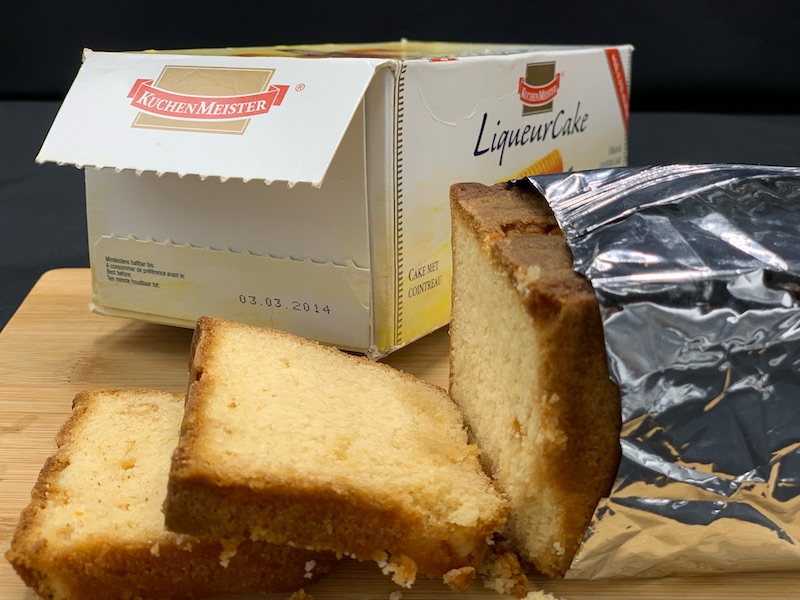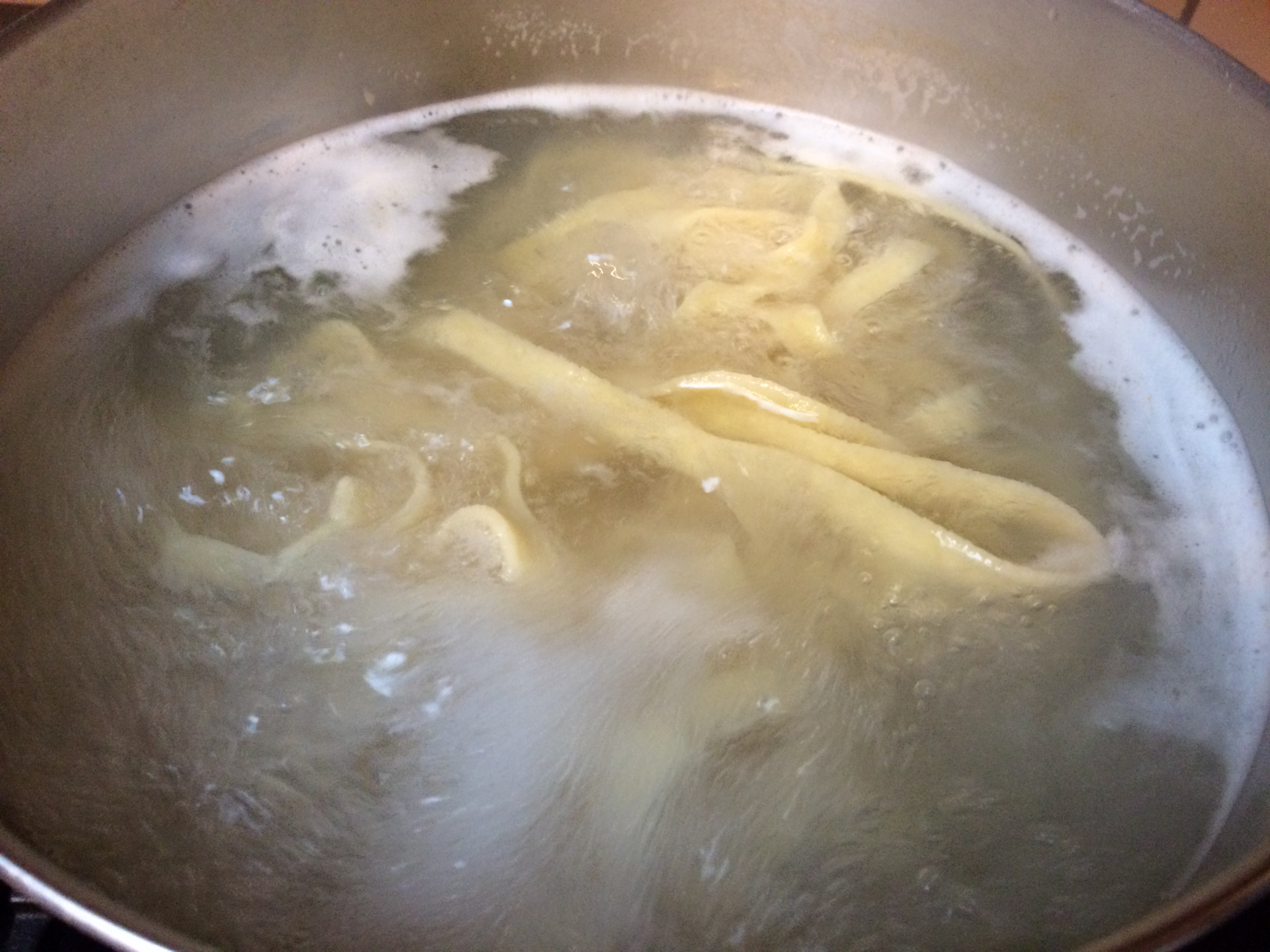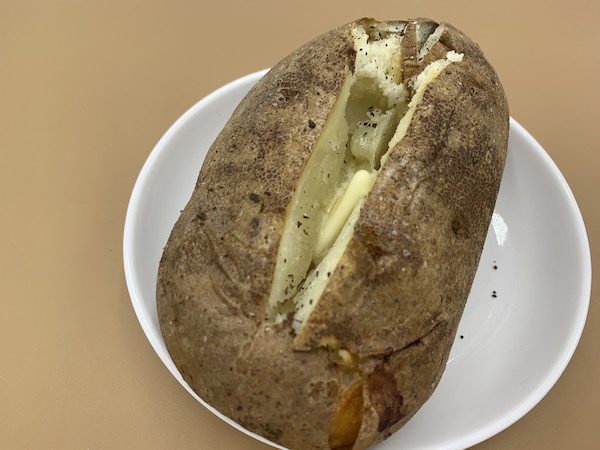What is Kefir?
Question:
What is Kefir?
Answer:
There’s another new probiotic in town and it’s called Kefir. Kefir is a cultured milk product (basically, fermented milk) that is thicker than milk and thinner than yogurt. Some kefir labels refer to the product as a “cultured milk smoothie”, “probiotic smoothie” and even the “Champagne of milks”. This cultured milk product was first made thousands of years ago in the Caucasus mountains [1], but is now making a splash in the United States.

What is Kefir?
What is Kefir?
Kefir was actually invented as a way to preserve
milk.
It is made from soaking little kefir grains, or
blobs of a combination of yeast and bacteria, in
milk. The resulting beverage tastes and smells
slightly sour and slightly yeasty, which leads into
the next bullet.
Kefir is very low in lactose and high in calcium,
amino acids, B vitamins and protein.
Kefir grains eat lactose to survive, eliminating
lactose from the milk once the grains are removed
from the milk.
Kefir contains plenty of good bacteria that aid
digestion and promote an overall healthy
gut.
There are actually billions of probiotics
within a bottle of kefir milk.[2]
Much of the kefir products found in stores are
sweetened and flavored with fruit.
As with yogurt, beware of the extra sugar being
consumed along with the probiotics. Kefir can also
be found plain.
Kefir is generally made using organic
milk.
Yet any type of milk can be used. It’s
available made with goats milk, almond milk and
coconut milk (to name a few). Kefir water is also
available, but contains far less probiotics than
kefir milk.
Uses include anything that can be done with milk
or yogurt.
Drink it plain or add it into smoothies, baked
goods, pancakes and such.
Some kefir is made with yeast and some
without
(for instance Green Valley Organics).
If it does contain yeast, it then has a slight
effervescence. This is why it is sometimes referred
as the “champagne of milks”, since
fermented yeast will contain a trace of alcohol
(usually between .08% and 2%).
The grains can be purchased separately and then
mixed with milk to make kefir at home.
Once a batch is done, generally within 24 hours, it
should be removed and then placed into a fresh batch
of milk from which to feed on the lactose.
Kefir grains are not actually grains.
They are only called grains because of the resulting
appearance of the formed culture.

Kefir grains should be kept away from direct
sunlight.
Kefir milks should be
refrigerated.
Kefir grains can be used indefinitely to produce
kefir milk.
Kefir grains are self-sustainable, growing and
making new grains whenever they’re fed. If the
kefir grains are strained and removed after each
culturing and placed into fresh milk, then the
grains will remain strong and live on indefinitely.
If they don’t get food (left in one batch of
milk for too long), they will die. For long term
storage, kefir grains should be properly dried.
Starter kits are also available to make homemade
kefir milk.
Powdered starter kefir will eventually stop
producing cultures after two to seven cultures are
produced. The exact number of successive batches
depends upon the freshness of the kefir and the
hygienic practices that were used when handling the
powder.
Bottled kefir milks are best consumed by the date
printed on the label, regardless of when they were opened.
The drink will become slightly less beneficial as
time passes beyond the printed date, but since kefir
milk is already soured it has a much longer shelf
life than fresh milk.
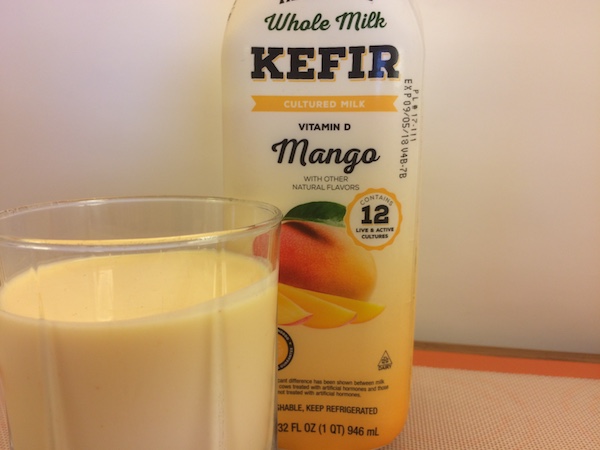
Kefir can be frozen, but will separate when
frozen.
The probiotics will become dormant when frozen and
then alive again when thawed. The best way to freeze
kefir is to pour it into ice cube trays and then
blend the product when ready to drink. If a bottle
becomes frozen, be sure to shake the container well
(with the lid secure) after thawing and before
serving.
Hope this helps to answer the question of what is kefir.
What is Kefir?
Additional Information
For more on the shelf life of kefir, see our kefir page .
Since yogurt is a similar product, this article on yogurt cultures might be of interest.


